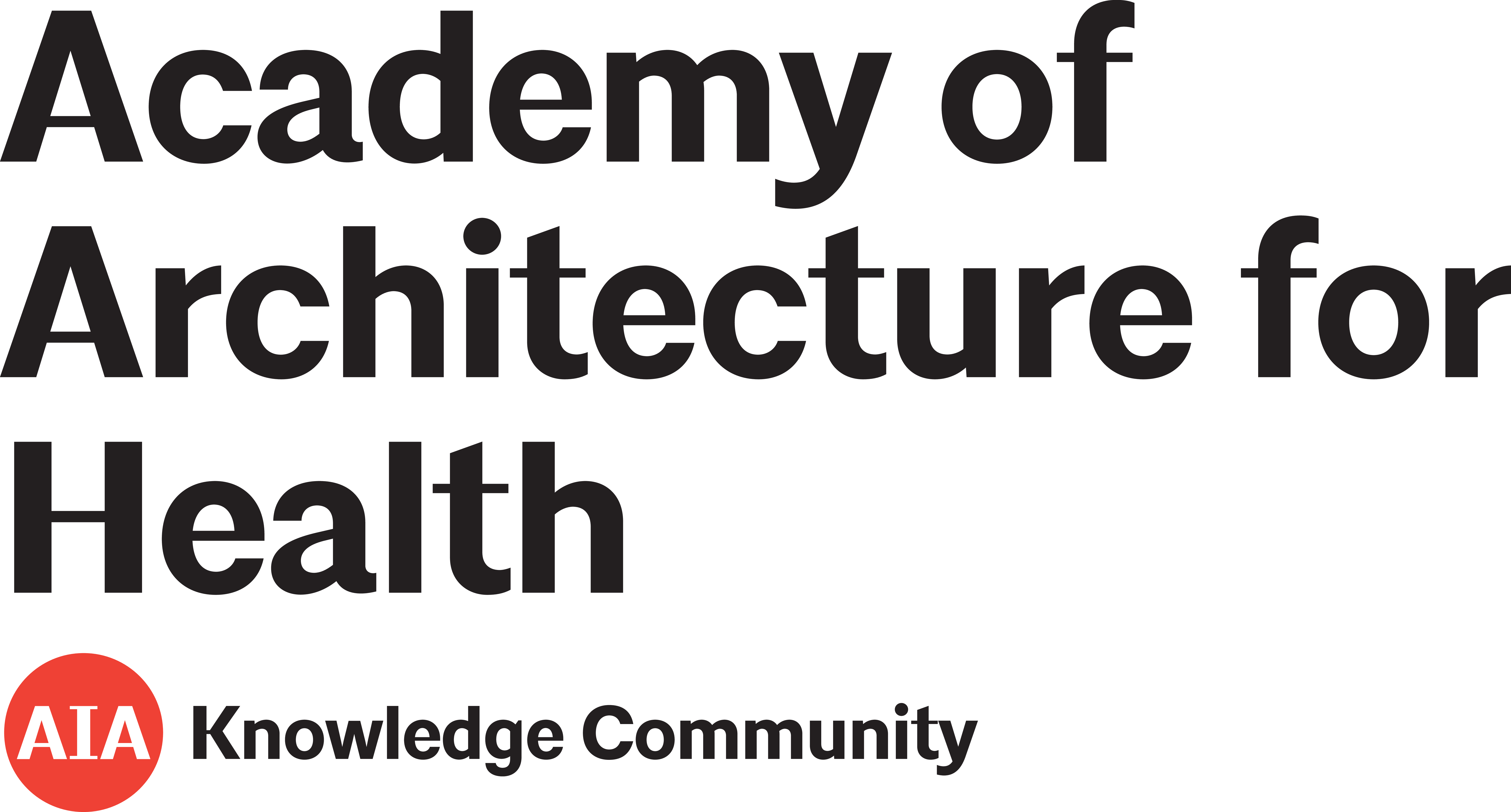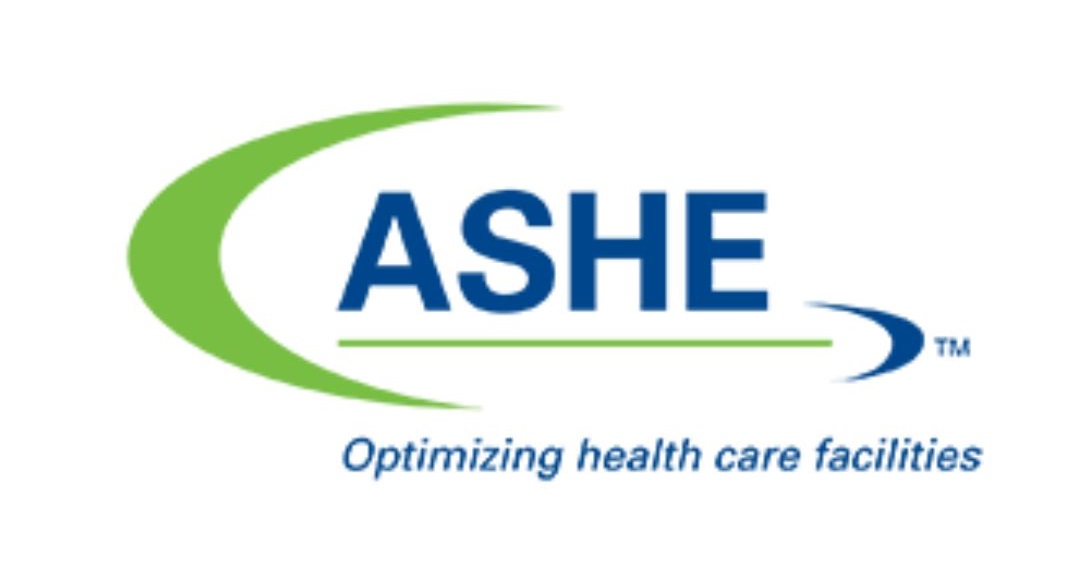Re-engineering the hospital discharge: An example of a multifaceted process evaluation
2005
Advances in Patient Safety: From Research to Implementation
Book
Volume Volume 2: Concepts and Methodology
Author(s): Anthony, D., Chetty, V.K., Kartha, A., McKenna, K., DePaoli, M.R., & Jack, B.
Added October 2012
Guidelines for design and construction of hospitals and health care facilities, 2001
Author(s): The American Institute of Architects Academy of Architecture for Health, The Facitilties Guidelines Institute, U.S. Department of Health and human Services
Added October 2012
Rx for healthcare speech privacy: A balanced acoustical design
2003
Audiovisual Material
Author(s): Armstrong Ceiling Systems
Added October 2012
Can visual distraction decrease the dose of patient-controlled sedation required during colonoscopy?
2004
Endoscopy
Journal Article
Issue 3
Volume 36
Pages 197-201
Author(s): Lee, D.W., Chan, A.C., Wong, S.K. , Fung, T.M., Li, A.C., Chan, S.K., Mui, L.M., Ng, E.K., Chung, S.C.
There is a compelling body of literature on using positive distractions to reduce anxiety, and perception of pain, and this article adds to this body of knowledge. It also looks at the importance of taking a multi-modal approach (visual and auditory) to get the most impact
Added October 2012
Increasing Handwashing Compliance With More Accessible Sinks
1986
Infection Control
Journal Article
Issue 8
Volume 7
Pages 408-410
Author(s): Kaplan, L. M., McGuckin, M.
There is a significant body of evidence on how handwashing can reduce the spread of Hospital Acquired Infections (HAI). The directive for design is to aid handwashing compliance by the design and placement of sinks.
Added October 2012
Do isolation rooms reduce the rate of nosocomial infections in the pediatric intensive care unit?
2002
Journal of Critical Care
Journal Article
Issue 3
Volume 17
Pages 176-180
Author(s): Ben-Abraham, R., Keller, N., Szold, O., Vardi, A., Weinberg, M., Barzilay, Z., Paret, G.
To determine the effect of isolation rooms on the direct spread of nosocomial infections (NIs) owing to cross-colonization in a pediatric intensive care unit (PICU).
Added August 2012
Effects of simulated facility-design changes on outpatient pharmacy efficiency
1988
American Journal of Hospital Pharmacy
Journal Article
Issue 1
Volume 45
Pages 116-121
Author(s): Lin, A. C., Barker, K. N., Hassall, T. H., Gallelli, J. F.
The potential effects of using the Baker drug counter or the Systamodule pharmacy fixture, or both, on the efficiency of the current outpatient pharmacy system at the National Institutes of Health were evaluated by computer simulation. It was hypothesized that the use of these two devices would reduce (1) the prescription-filling time (RxFT) and (2) the distance traveled (DT) by pharmacists in...
Added August 2012
Hand Hygiene Behavior in a Pediatric Emergency Department and a Pediatric Intensive Care Unit: Comparison of Use of 2 Dispenser Systems
2005
American Journal of Critical Care
Journal Article
Issue 4
Volume 14
Pages 304-311
Author(s): Larson, E. L., Albrecht, S., O'Keefe, M.
Unwashed hands of healthcare workers often become reservoirs of infectious pathogens and serve as media for pathogen transmission. Hand hygiene is considered as the single most important approach for preventing nosocomial infections. However, the compliance rates of hand hygiene in healthcare workers are typically low. Multiple factors, such as the fragrance of hand hygiene products and the location of sinks and dispensers, may impact hand hygiene compliance rate.
Added August 2012
Ventilation of wards and nosocomial outbreak of severe acute respiratory syndrome among healthcare workers
2003
Chinese Medical Journal
Journal Article
Issue 9
Volume 116
Pages 1293-1297
Author(s): Jiang, S. P., Huang, L. W., Chen, X. L., Wang, J. F., Wu, W., Yin, S. M., Chen, W., Zhan, J., Yan, L., Ma, L., Li, J., Huang, Z.
Severe acute respiratory syndrome (SARS) is a contagious respiratory disease caused by a virus called SARS-associated coronavirus. The disease may cause flu-like symptoms including fever (100.4 F or higher), myalgia, lethargy symptoms, cough, and sore throat. Most patients may develop pneumonia. Environmental contamination is an important factor contributing to SRAS transmission.
Added August 2012
The Relationship Between Counselor Satisfaction and Extrinsic Job Factors in State Rehabilitation Agencies
2002
Rehabilitation Counseling Bulletin
Journal Article
Issue 4
Volume 45
Pages 223-232
Author(s): Andrew, J. D., Faubion, C. W., Palmer, C. D.
In a national study, researchers collected survey data from 315 state rehabilitation agency counselors in 16 states to examine job satisfaction and extrinsic job factors. This report provides statistical analyses and extensive descriptive data characteristics. For example, only 46% of the sample reported having a master's degree (or higher) in some form of counseling, and only 25% reported...
Added August 2012
Nosocomial Transmission of Tuberculosis Associated with a Draining Abscess
1990
Journal of Infectious Diseases
Journal Article
Issue 2
Volume 161
Pages 286-295
Author(s): Hutton, M. D., Stead, W. W., Cauthen, G. M., Bloch, A. B., Ewing, W. M.
Nine secondary cases of tuberculosis and 59 tuberculin skin test conversions occurred after exposure to a hospitalized patient with a large tuberculous abscess of the hip and thigh. Among 442 tuberculin-negative hospital employees, the relative risk of skin test conversion associated with recalled exposure to the patient was 14.0 (95% confidence limits, 6.8, 28.7). Four of 5 surgical suite...
Added August 2012
Characteristics and circumstances of falls in a hospital setting
2004
Journal of General Internal Medicine
Journal Article
Issue 7
Volume 19
Pages 732–739
Author(s): Hitcho, E., Krauss, M., Birge, S., Dunagan, W., Fischer, I., Johnson, S., Nast, P. A., Costantinou, E., Fraser, V. J.
Patient falls refer to patients’ unplanned descent to the floor with or without injuries to the patients. Patient falls are common for inpatients, averaging 2.3 to 7 falls per 1,000 patient days. About 30% of the falls lead to injuries, which contribute to higher healthcare cost. In order to prevent falls, it is very important to understand the epidemiology of patient falls, including the characteristics of fallers, the distribution and patterns of falls, contributing factors, and fall-related injuries.
Added August 2012
Efficacy of high-efficiency particulate air filtration in preventing aspergillosis in immunocompromised patients with hematologic malignancies
2002
Infection Control and Hospital Epidemiology
Journal Article
Issue 9
Volume 23
Pages 525-531
Author(s): Hahn, T., Cummings, K. M., Michalek, A. M., Lipman, B. J., Segal, B. H., McCarthy Jr., P. L.
Invasive aspergillosis is the most serious type of infections caused by the fungus Aspergillus, affecting organs such as heart, lung, brain, and kidneys and causing symptoms such as chest pain, cough, fever, joint pain, shortness of breath, and unintentional weight loss. The fungus aspergillus is widely spread in the nature and rarely causes problems in healthy individuals.
Added August 2012
An outbreak of airborne nosocomial varicella
1982
Pediatrics
Journal Article
Issue 4
Volume 70
Pages 550-556
Author(s): Gustafson T. L., Lavely G. B., Brawner Jr., E. R., Hutcheson Jr., R. H., Wright, P. F., Schaffner, W.
An outbreak of nosocomial varicella was traced to airborne spread from an immunocompromised child hospitalized from Nov 11-19, 1980. Seventy potentially susceptible children were hospitalized on the ward during that period. Although the index patient remained in strict room isolation throughout his hospital stay, eight of these patients contracted varicella. The afternoon of November 12 was the...
Added August 2012
The Role of Physical Proximity in Nosocomial Diarrhea
2000
Clinical Infectious Diseases
Journal Article
Issue 3
Volume 31
Pages 717-722
Author(s): Chang, V. T., Nelson, K.
To examine physical proximity as a risk factor for the nosocomial acquisition of Clostridium difficile-associated diarrhea (CDAD) and of antibiotic-associated diarrhea (AAD), we assessed a retrospective cohort of 2859 patients admitted to a community hospital from 1 March 1987 through 31 August 1987. Of these patients, 68 had nosocomial CDAD and 54 had nosocomial AAD. In multivariate analysis,...
Added August 2012
The Relationship Between Physical Restraint Removal and Falls and Injuries Among Nursing Home Residents
1998
Journals of Gerontology. Series A, Biological Sciences and Medical Sciences
Journal Article
Issue 1
Volume 53
Pages M47-52
Author(s): Capezuti, E., Strumpf, N. E., Evans, L. K., Grisso, J. A., Maislin, G.
Patient falls refer to patients’ unplanned descent to the floor, either with or without injuries to the patients. Patient falls and related injuries are a leading cause of morbidity and mortality and contribute to high healthcare cost. Healthcare organizations have experimented with many fall-prevention programs including restraint reduction and other modifications of the physical environment.
Added August 2012
A seasonal pattern of hospital medication errors in Alaska
1995
Psychiatry Research
Journal Article
Issue 3
Volume 57
Pages 251-257
Author(s): Booker, J. M., Roseman, C.
Specific behavioral consequences of seasonal affective disorder have not been closely examined. Length of daylight is evaluated in relation to medication errors in a medical center located in the far north. Factors such as numbers of patient admissions, discharges, and deaths were controlled with data collected in Anchorage, Alaska, over 5 consecutive years, 1985-89. These data revealed that 58%...
Added August 2012




